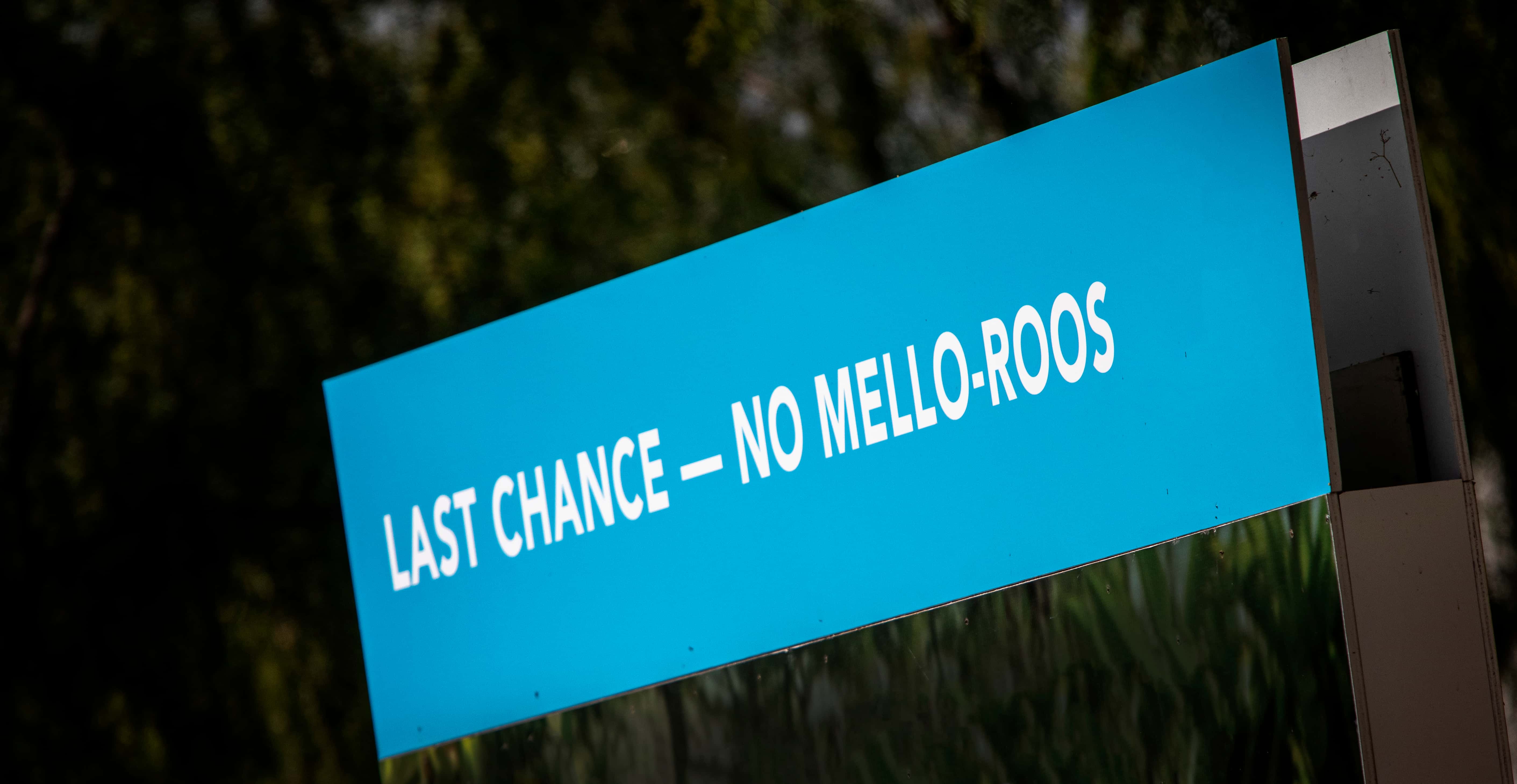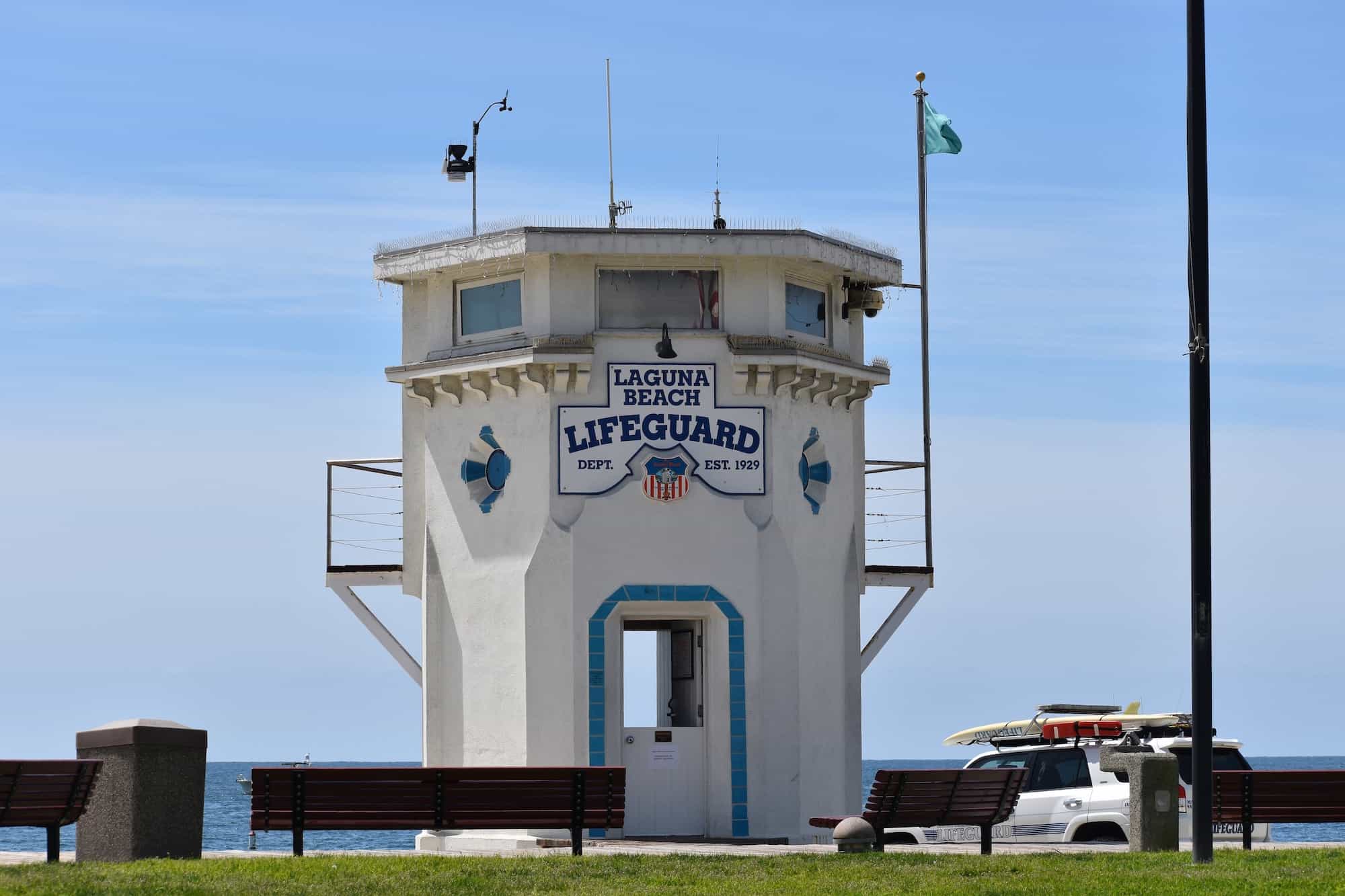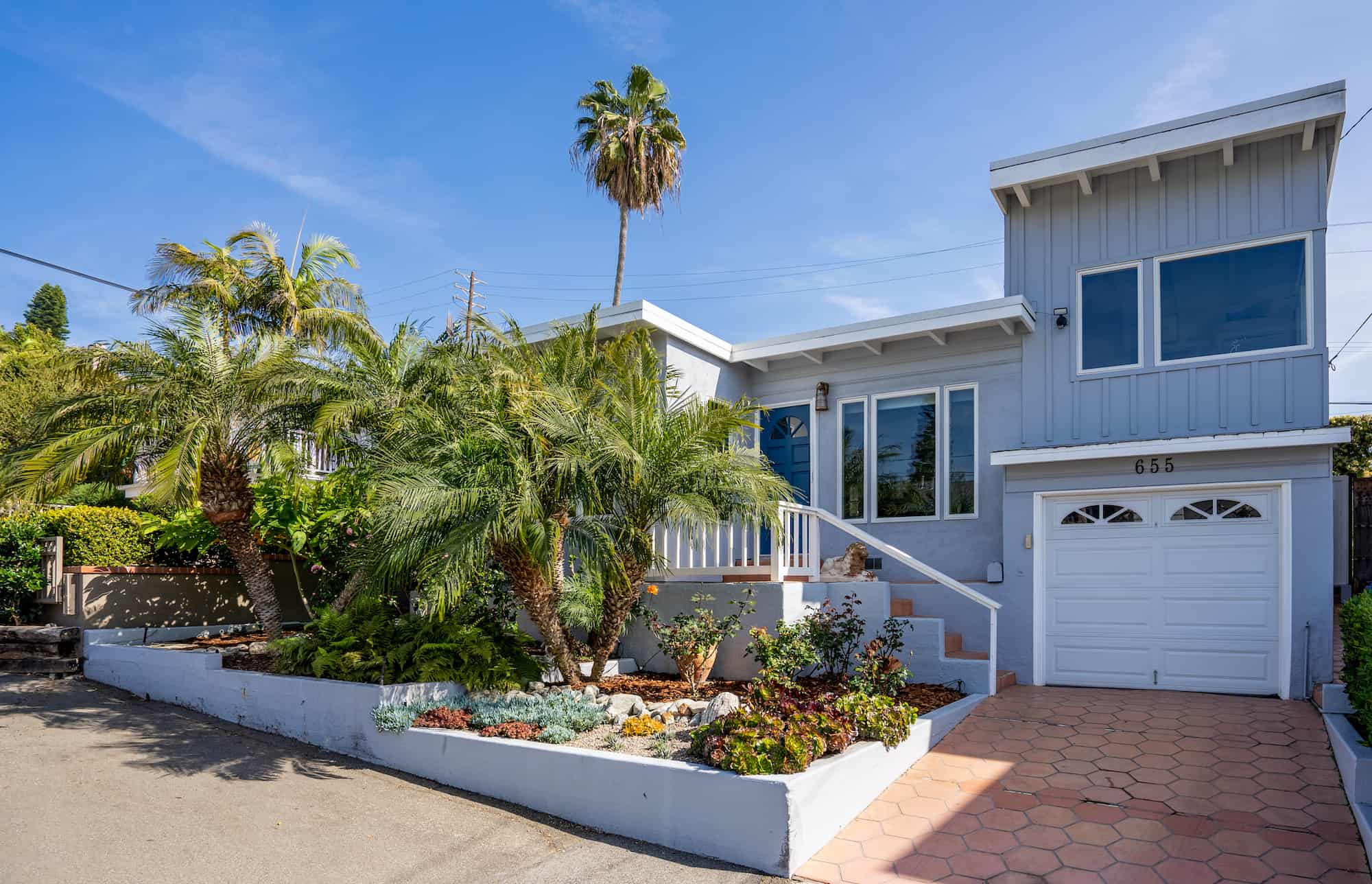What is Mello-Roos?
Mello-Roos tax is the common name for the Community Facilities District Act. This law, enacted in 1982 by the California Legislature, allows city governments to develop “Community Facilities Districts or CFD’s as a way to fund infrastructure (water/sewer, streets, lighting, electricity, drainage, parks, and law enforcement, among other items) for new developments. It was necessary because the 1978 Proposition 13 law restricted the ability of local governments to use property taxes to develop public improvements. Typically found in newer neighborhoods, older homes (constructed before 1990) do not have Mello-Roos assessments.
Named for the two state legislators that co-authored the legislation, Henry Mello, a senator from the Monterey Bay region, and Mike Roos, the assemblyman from Los Angeles, the tax affects many, but not all, newer homes. In fact, similar properties in the same municipality may not both have Mello-Roos. The tax is paid out by homeowners every six months. Typically, the tax repays the principal and interest on bond taken out to immediately fund the projects.
Some items to note:
- Mello-Roos taxes are not deductible if assessed in order to fund community benefits and enhancements believed to increase the value of your property. In order to determine if they are deductible in your case, consult a knowledgeable California tax professional.
- Mello-Roos is not a percentage of your property value. It is a flat rate that may vary from year to year. So, while you may see it listed as a percentage equivalent within an MLS listing, it is not subject to the same percentage increase that regular property tax is. The new owner will pay exactly the same for Mello-Roos as the previous owner unless the CFD raises the flat rate for all homeowners in that CFD. The amount of the tax cannot be greater than the original maximum amount provided in the CFD’s Resolution of Formation.
- For example: If the assessed value is $750,000 for your home and the Mello-Roos is $1,000 per year, your property taxes (assume 1% for our purposes here) would be $7,500 per year PLUS $1,000 Mello-Roos. That is a total of $8,500. As a total percentage of the assessed value, it is 1.13%.
- If the new buyer’s assessment is $825,000 for the home, their property taxes would be $8,250, but the Mello-Roos would still be just $1000, or a total of $9,250. As a total percentage of the assessed value, the tax is 1.12%.
- So, computing Mello-Roos tax as a fraction does not represent the tax scenario correctly. 1.13% of what number? Of the previously assessed cost? Of the listing price? An experienced agent understands the intricacies of Mello-Roos and how it affects your monthly payment and annual taxes.
- Mello-Roos charges do not go on forever. In some cases, the bond is as short as 15 years, but in others, it can go for as long as 40 years. And, some districts are able to reinstate a Mello-Roos tax if needed.
- You can learn about the period a bond covers by calling the Mello-Roos district. This number is required on your tax bill. If you are purchasing a home and want to know the bond period, you can go to the Orange County Treasurer-Tax Collector website and look it up.
- Any unpaid amounts remain a lien against the property until satisfied. So, any delinquent Mello-Roos payments must be satisfied before the sale of the real property.











Leave A Comment
You must be logged in to post a comment.